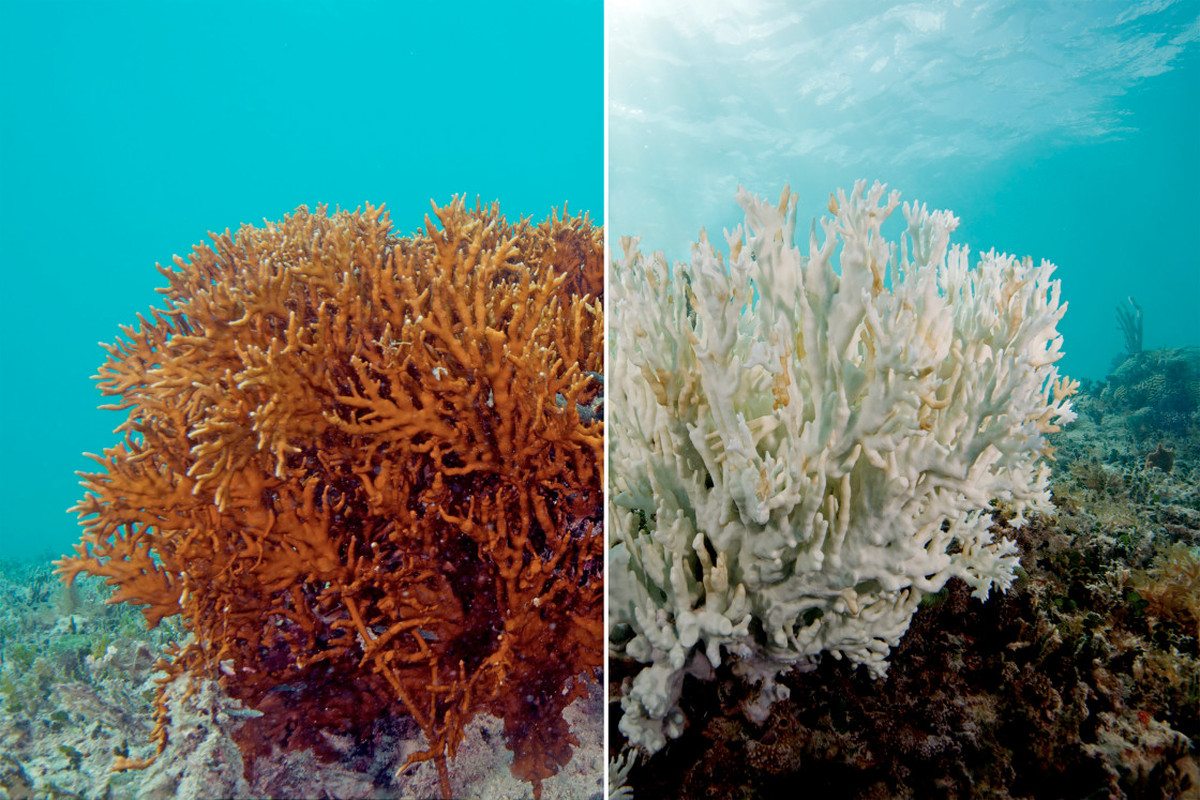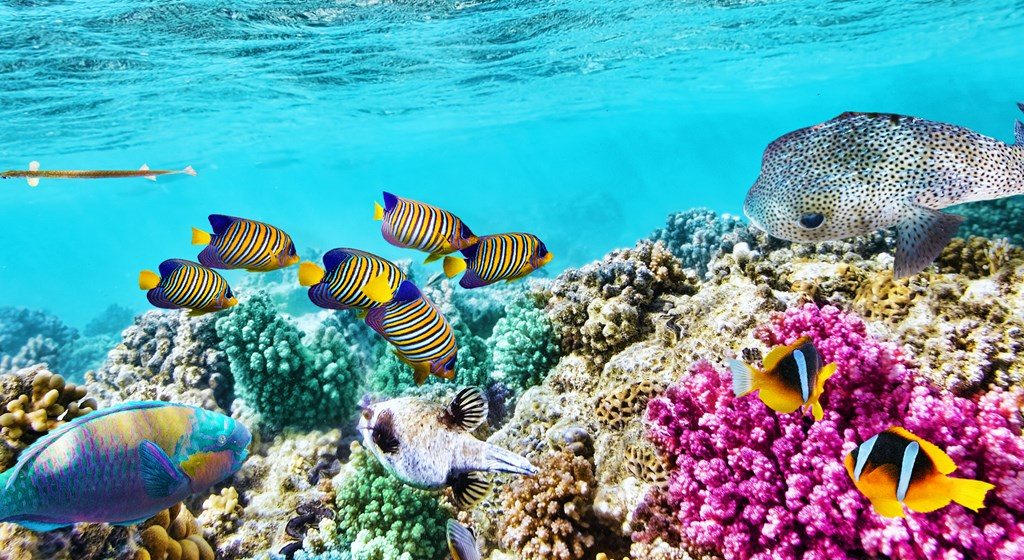Resilient Corals Provide a Glimmer of Hope to the Great Barrier Reef
The back-to-back bleaching events in 2016 and 2017 that killed many corals on the Great Barrier Reef have led many researchers to ask whether and how it can recover. Conventionally, we tend to focus on what controls recovery on individual reefs – for example, whether they are fouled by seaweed or sediments. But a recent study, rather views the entire Great Barrier Reef as a whole entity and ask how it can potentially repair itself.
The Great Barrier Reef is the world’s largest living structure and is made up of more than 3800 individual reefs, stretching 2300km down Australia’s eastern coastline.

Researchers from the University of Queensland, CSIRO, Australian Institute of Marine Science and the University of Sheffield searched the Great Barrier Reef for ideal areas that could potentially produce larvae and support the recovery of other damaged reefs.
The study found 112 “robust source reefs” – just 3% of the entire system – which had “ideal properties to facilitate recovery” of others by spreading fertilised eggs to replenish other areas.
“Finding these 100 reefs is a little like revealing the cardiovascular system of the Great Barrier Reef,
” said Prof Peter Mumby, from the University of Queensland’s school of biological sciences and ARC Centre of Excellence in Coral Reef Studies.“The presence of these well-connected reefs on the Great Barrier Reef means that the whole system of coral reefs possesses a level of resilience that may help it bounce back from disturbances,” said lead author Karlo Hock of the University of Queensland.
“Unfortunately, these findings by no means suggest that the Great Barrier Reef corals are safe and in great condition, and that there are no reasons for concern,” he added.
“Indeed, the fact that the study only identified around a hundred of these reefs across the entire 1,400 mile (2,300 kilometer) length of the massive Great Barrier Reef emphasises the need for both effective local protection of critical locations and reduction of carbon emissions in order to support this majestic ecosystem.”
Researchers had strict criteria – the reefs must be consistently well connected to other reefs through the constantly shifting currents, be less likely to die in a coral bleaching event and be less susceptible to crown-of-thorn starfish outbreaks.
These reefs were more likely to still be standing in the event of bleaching incidents, for example, and were in the right location to send fertilised eggs to the reefs that need them during the annual reproduction, Mumby said.

Last week a separate team announced they had successfully bred “baby” coral on the Great Barrier Reef, producing more than a million larvae after collecting coral sperm and eggs produced during last November’s spawning period.
The success was described as a “great leap forward,” but the science is a long way off being replicated at a larger scale.
The Great Barrier Reef, which is the largest living structure on Earth, is reeling from the second year straight of coral bleaching due to climate change. The success of these first trials are very encouraging, but the accelerated rate of coral decline in the reef is staggering. The challenge will be figuring out how to broaden the scale of coral breeding and transplant technology to really make a difference.
At the end of the day, coral transplants can only patch reefs. It’s like a pill that treats symptoms instead of the underlying illness, which actually causes the symptoms. Like any coral, the transplant variety will also be subjected to bleaching. If we’re to save the Great Barrier Reef and other ecosystems in a similar situation, the only viable solution is to urgently cut back on fossil fuel use and greenhouse gas emissions.
































